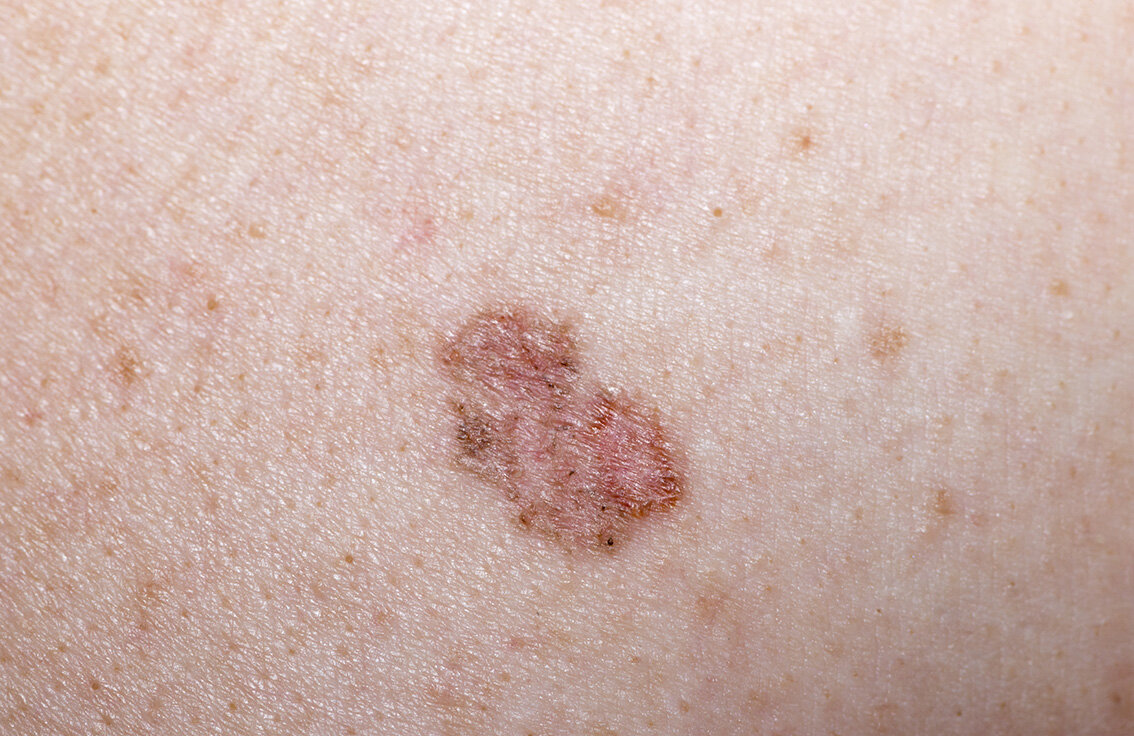Skin Cancer Surgery and Lipoma Surgery
If you are considering skin cancer surgery or lipoma surgery, ask your GP for a referral to one of the experienced surgeons at Sunnybank Surgical. We can assist you with planning for your surgery using the latest techniques recommended for lipoma and skin cancer surgery.
What is a lipoma?
The term lipoma refers to a soft, fatty lump that grows under the skin. Lipomas are often painless and most commonly found on the back, shoulders, upper thighs, arms and buttocks.
There's a very small chance that a lump resembling a lipoma may not be a lipoma and is actually a cancerous lump. These cancerous tumours are called liposarcomas and found in fatty tissues of the body. Liposarcomas are often painful, rapidly growing and don’t move under the skin. Whether the lump is a lipoma or a liposarcoma can be determined using a biopsy, an MRI or a CT scan. These tests can be arranged by your GP.
Should I seek treatment for lipoma?
A lipoma does not usually require treatment, unless it bothers you, is painful or is growing. If this is the case, your surgeon may recommend that it is removed. This can either be done in our clinic using local anaesthetic or in hospital as day surgery.
The benefit of surgical removal is that recurrence after surgery is uncommon, although surgical removal of a lipoma may result in scarring and bruising.
How is lipoma surgery performed?
Lipoma surgery is a straightforward procedure that is undertaken using local anaesthetic. If the lipoma is large, general anaesthetic may be used. The lipoma is first surgically removed from under the skin before the wound is carefully stitched closed using dissolving stitches. The tissue that has been removed is then sent for a routine assessment to confirm that it is not cancerous.
What is the recovery from lipoma surgery?
Following lipoma surgery, you’ll be asked to move around for the first 24 hours. This can reduce any pain or stiffness following the procedure. Your wound will be covered by a dressing so you can perform most daily activities as normal. Light exercise is fine, but you should avoid strenuous exercise during your recovery.
Other types of skin cancer surgery
Our team of surgeons also perform surgery to remove skin cancers. This can be either in clinic (suitable for smaller lesions) or in hospital (usually for larger skin cancers). The main types of skin cancer surgery we perform are:
small excision surgery – where small lesions are removed by a superficial excision and stitches using dissolvable stitches.
larger excision surgery – if the lesion is larger, more tissue may need to be removed. The surgeon will use a reconstructive technique to graft skin and mean that the cancer is removed and results in minimal cosmetic and functional defects to the area.
melanoma surgery – patients with melanoma need a wide area to be removed to ensure long-term safety. Specialist wound care may be needed to close larger areas.
A referral is needed to see one of the experienced surgeons at Sunnybank Surgical for lipoma or skin cancer surgeries. This can be arranged by your GP.


